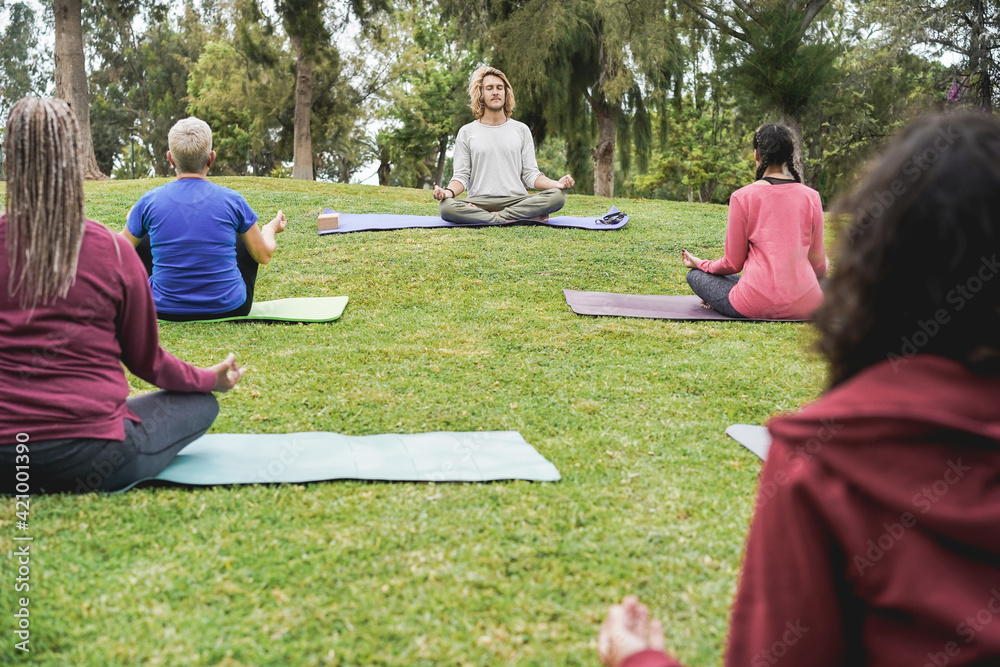The Depths of Vipassana Meditation
Exploring the Depths of Vipassana Meditation: A Comprehensive Guide
In the bustling world we live in, finding inner peace and clarity can seem like an elusive goal. However, for centuries, various meditation practices have offered a path to inner transformation and understanding. Among these practices, Vipassana meditation stands out as a profound technique that delves deep into the nature of the mind and body. In this article, we'll explore the intricacies of Vipassana meditation, its origins, techniques, benefits, and how to integrate it into daily life.
Origins and Philosophy
Vipassana, which means "insight" or "clear seeing" in Pali, is an ancient meditation technique that traces its roots to the teachings of Siddhartha Gautama, the Buddha. It is believed to have been rediscovered by the Burmese monk Mahasi Sayadaw in the 20th century, although its lineage can be traced back through various Buddhist traditions.
Techniques
The practice of Vipassana meditation typically begins with sitting in a comfortable position with eyes closed, focusing attention on the breath. This initial stage helps calm the mind and develop concentration.
Once a certain level of concentration is attained, practitioners shift their focus to the sensations present in the body. This involves systematically scanning the body from head to toe, observing any sensations – whether they are pleasant, unpleasant, or neutral – without reacting to them. This process is often done in a methodical manner, starting with a small area such as the top of the head and gradually moving down to the feet.

As sensations arise, practitioners are encouraged to observe them with equanimity, acknowledging their impermanent nature without clinging to or resisting them. This practice cultivates insight into the nature of reality – that all experiences are transient and subject to change.
Benefits
- Improved mental clarity and focus
- Stress reduction
- Emotional regulation
- Greater self-awareness
- Spiritual growth
Integration into Daily Life
While Vipassana meditation is traditionally practiced during silent retreats that last several days or weeks, its benefits can also be experienced through regular, daily practice. Integrating mindfulness into everyday activities such as walking, eating, or even washing dishes can help cultivate a deeper sense of presence and awareness.
To incorporate Vipassana meditation into daily life, practitioners can set aside a specific time each day for formal sitting meditation. This could be as little as 10-15 minutes to start and gradually increase as one becomes more comfortable with the practice. Additionally, bringing mindfulness to daily activities by paying full attention to the present moment can further reinforce the insights gained through formal meditation practice.
Comments
Post a Comment